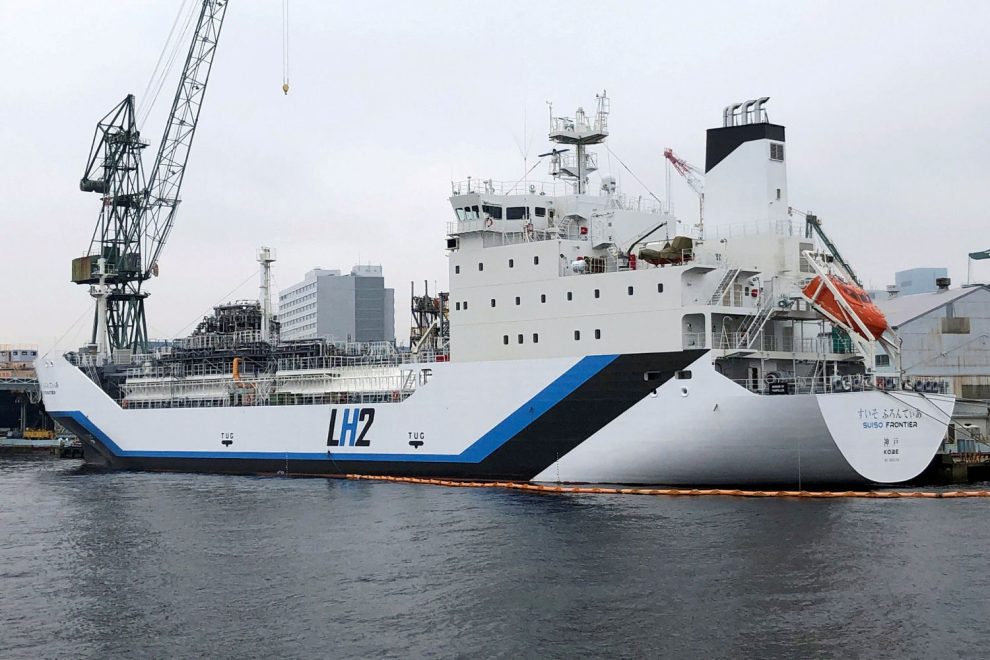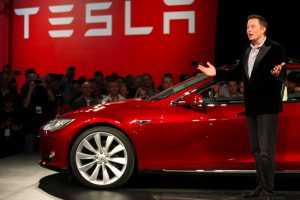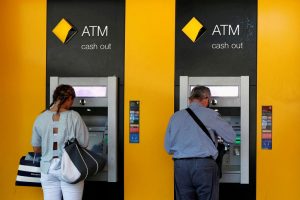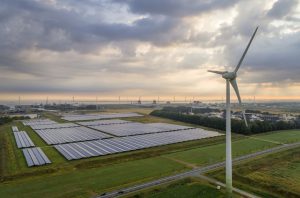(ATF) Australia’s brown coal reserves are being used to produce hydrogen in a joint venture with a Japanese company to prove the liquefied gas can be exported safely, the project sponsors said on March 12.
Japan’s Kawasaki Heavy Industries is running the $387 million pilot project with government support from both Japan and Australia in the state of Victoria, home to a quarter of the world’s known brown coal reserves.
The project is key to helping Japan meet its target of net zero carbon emissions by 2050.
The world’s fifth-largest energy consumer aims to boost its annual hydrogen demand tenfold to 20 million tonnes by 2050, equivalent to about 40% of its current power generation.
Many of Japan’s industries – from energy to manufacturing and metals – have focused on hydrogen use. Nippon Steel, Japan’s largest steelmaker, is planning to use hydrogen as part of a programme to reduce emissions.
“Blast furnaces are able to use 10% of hydrogen in research and development stage, and will be demonstrating if this works in practice as well,” said Thanh Ha Pham, equity analyst at Jefferies in Tokyo. “Industrials using more and more hydrogen will help achieve a transition to a hydrogen economy.”
Pham said the hydrogen revolution was in its early days. Nippon Steel is first contemplating to become carbon neutral through high-grade steel production in large electric-arc furnaces, which use graphite as a reducing agent. “In the long-term, the company is contemplating to use hydrogen as a reduction agent in blast furnaces,” Pham said.
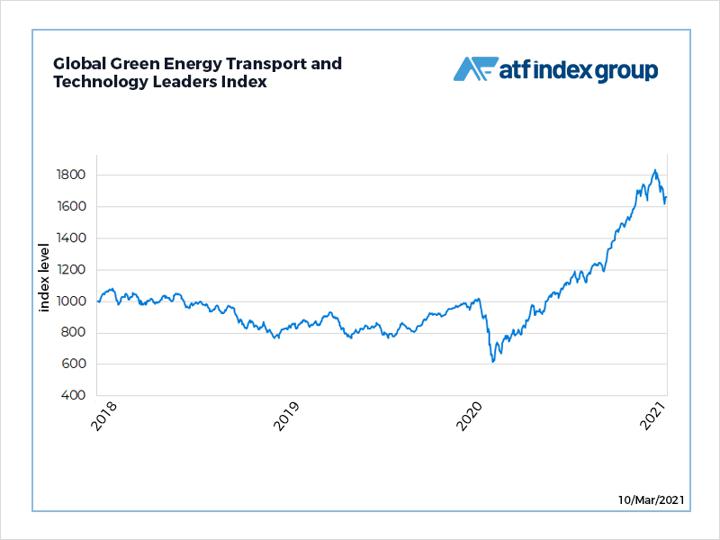
The Global Green Energy Transport and Technology Leaders Index created by Asia Times Financial in collaboration with ALLINDEX, is a benchmark that tracks shares of leaders in electric vehicle and renewable energy production and storage businesses.
PUSHING FOR DOMINANCE
Australia is pushing to become a major hydrogen exporter, eventually rivalling its dominance in global liquefied natural gas (LNG) trade, which could potentially give it a greener market for its coal and gas.
Brown coal is considered the lowest rank of coal due to its relatively low energy content and has long fuelled some of Australia’s dirtiest power stations, some of which have already shut.
The project is producing hydrogen by reacting coal with oxygen and steam under high heat and pressure in a process that also yields carbon dioxide and other gases.
If the project goes commercial, the plan would be to bury the carbon dioxide off the coast of Victoria, Kawasaki has previously said. The Australian and Victoria state governments are running a parallel project to test transporting and injecting carbon dioxide under the seabed.
The hydrogen produced in the pilot project will be transported to a port site where it will be liquefied for export. Then it will be exported 9,000 km to Kobe on the Suiso Frontier, the world’s first liquefied hydrogen carrier.
Kawasaki built the vessel, which can carry 1,250 square metres of liquefied hydrogen at temperatures of minus 253°C in a vacuum-insulated storage tank.
“The eyes of the world will be on Victoria when shipments of liquefied hydrogen commence in mid-2021,” Hirofumi Kawazoe, from Kawasaki’s Hydrogen Engineering Australia unit, said in a statement.
With reporting by Reuters




